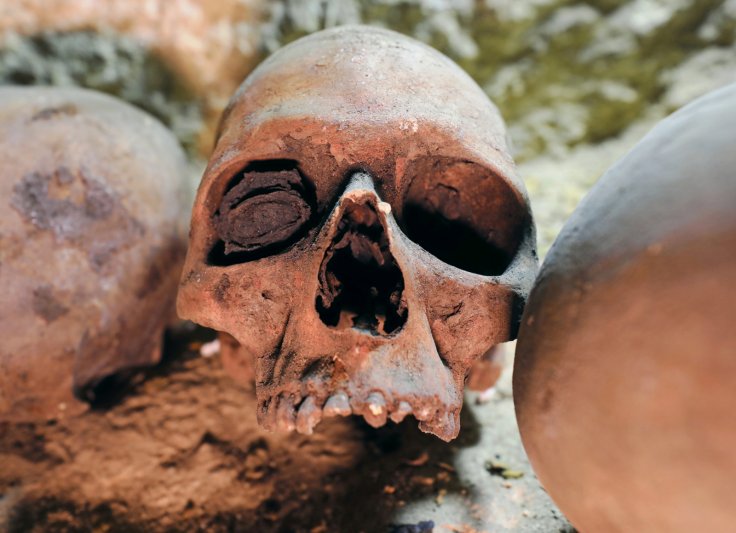
Palaeontologists have found more than 30 human fossils, which are claimed to be almost 300000 years old, at an excavation site in Dongzhi County in east China's Anhui Province.
The team also found over 100 stone artefacts used by ancient humans as well as mammalian fossils of more than 40 species. The researchers believe that these historic findings will help to understand ancient humans in the East Asia continent evolved.
The artefacts and the human fossils were found during archaeological excavations over the past 15 years at the site, which was first discovered in 2004 after mammalian fossils were collected on the surface by a local farmer.
One of the members of the team Wu Xiujie, who is also a professor with the Institute of Vertebrate Paleontology and Paleoanthropology of the Chinese Academy of Sciences said that it should be noted that as per the researchers this archaeological site is a collapsed cave.
He added that in this cave "we not only have discovered a large number of ancient human fossils, but also a variety of evidence of ancient human behaviour, which could shed light on their lives."
After conduction tests on these 16 human fossils, researchers determined that the buried age these ancient individuals is between 275000 and 331000 years, which indicates Mid-late Pleistocene period.
These ancient fossils include a human skull which contains a largely complete facial structure, most of the brain cranium and one side of the mandible. The features of the teeth show that the skull belonged to a 14 to 15-year-old male.
Liu Wu, another member of the research team said that the skull structure also showcases morphological similarities to other East Asian Middle and Late Pleistocene archaic human skeletons.
As per Wu there was a rock lying in front of the cave entrance but it protected the fossils from being wasted away or eaten by animals.
The features of the fossils, excavated from this site, which was named "Hualongdong," strengthens the study on East Asian remains in indicating an "evolutionary continuity" through the Middle Pleistocene and into the Late Pleistocene.
As reported by Xinhuanet, Liu said that "What we have found in the site could just be the tip of the iceberg," and "We will continue our excavation work until the very end."
In addition the vice head of Dongzhi County, Yu Hui said, "We are planning to upgrade Hualongdong to a national cultural relic protection site, so as to better protect and study the fossils."
This study was published on the Proceedings of the National Academy of Sciences of the United States of America (PNAS).









